If you are brand new to the bassoon or you just recently started playing, then welcome! I’m going to teach you the first 5 notes that you need to start playing the bassoon, especially if you are in any type of band class.
1. Playing F (00:32)
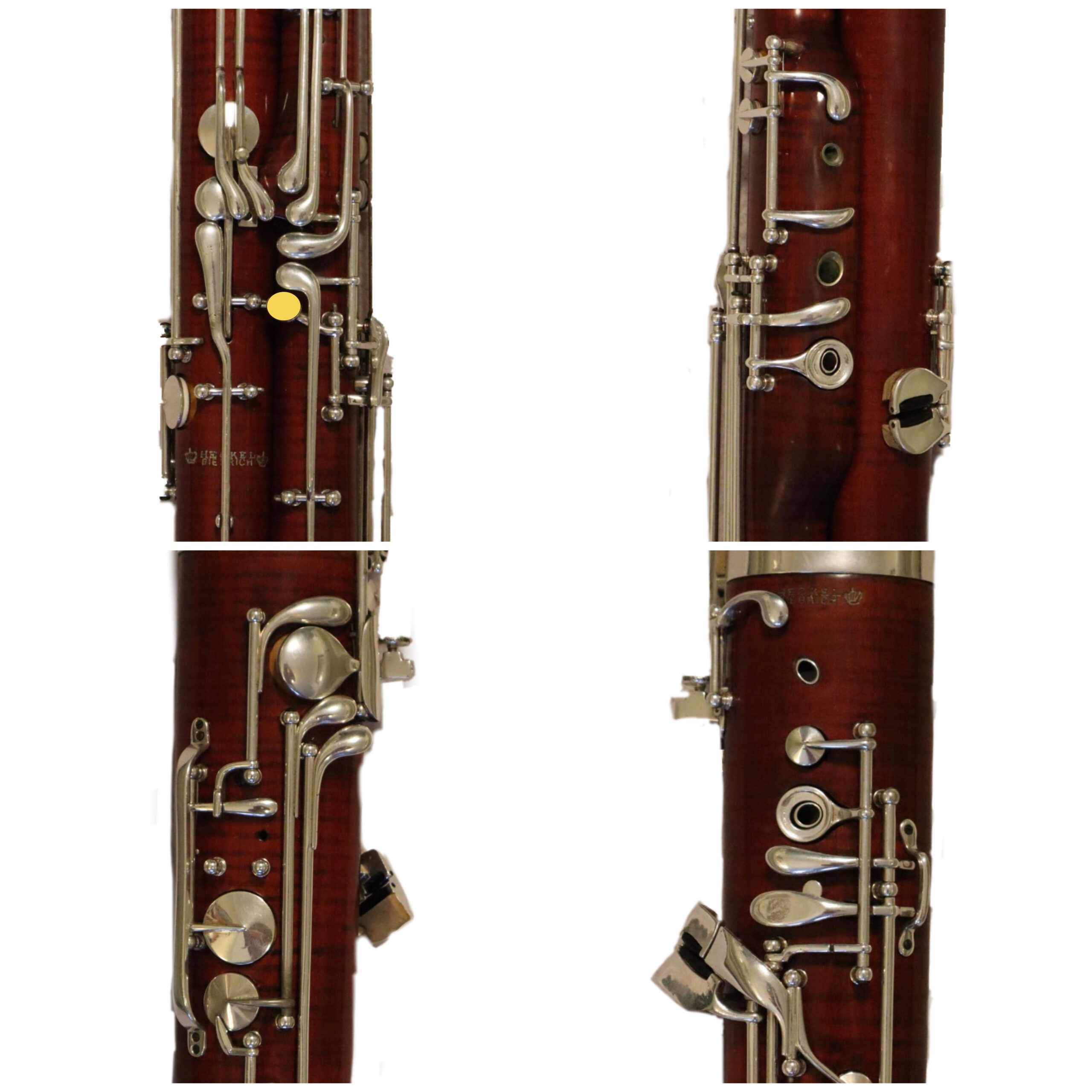
The first note you’re going to learn is F, and it is by far the easiest to play because you only have to press down one key. This key happens to be one of the most important keys on the bassoon, and it is called the whisper key, you’ll want to remember that name. Make sure that your other fingers are still in their homebase positions even though they aren’t pressing anything down.
2. Playing D (00:45)
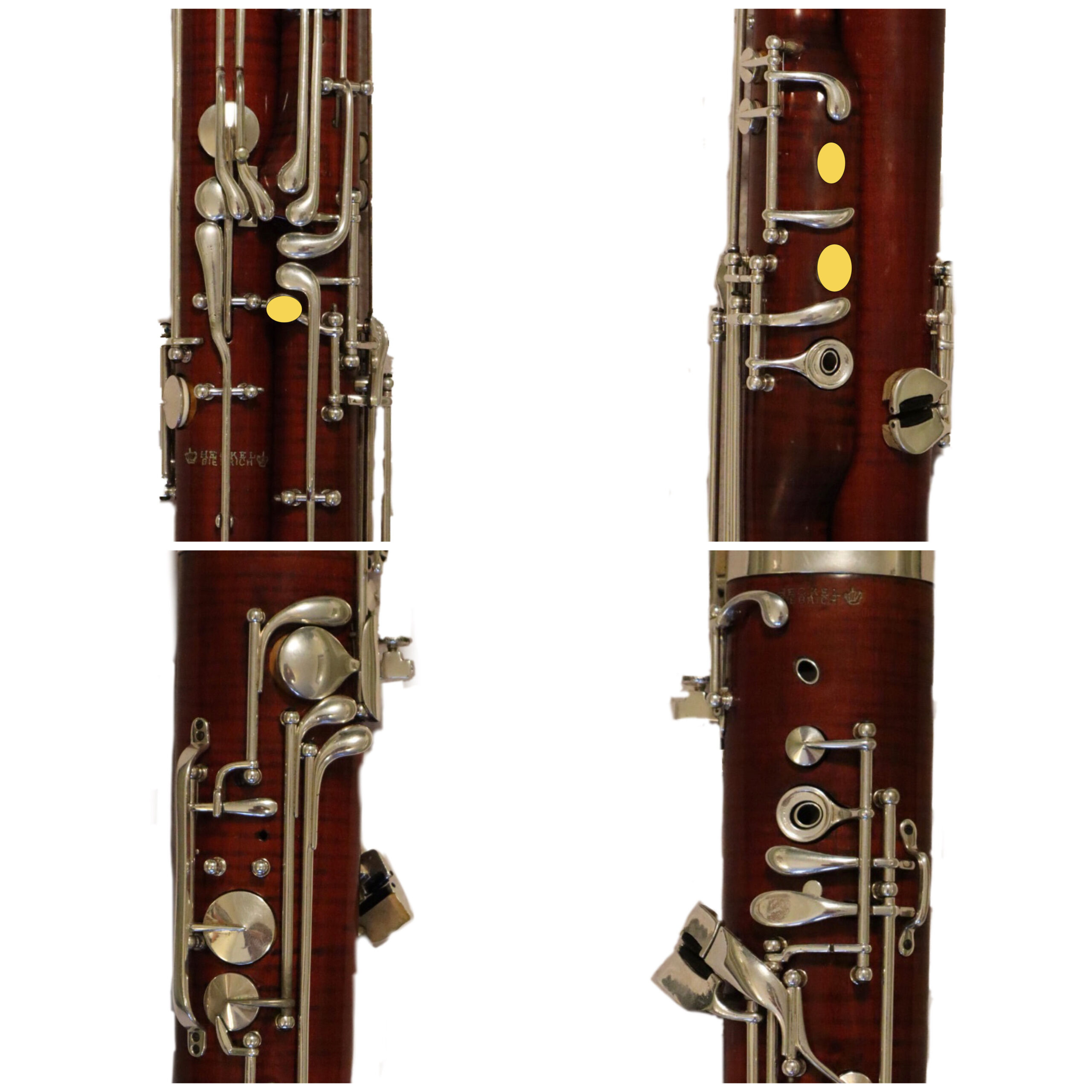
The next note you’re going to learn is D, and in order to play D, all you have to do is add your 1st and 2nd fingers in your left hand to cover the top two holes in addition to keeping your left thumb down on the whisper key like you did for F
3. Playing C (00:59)
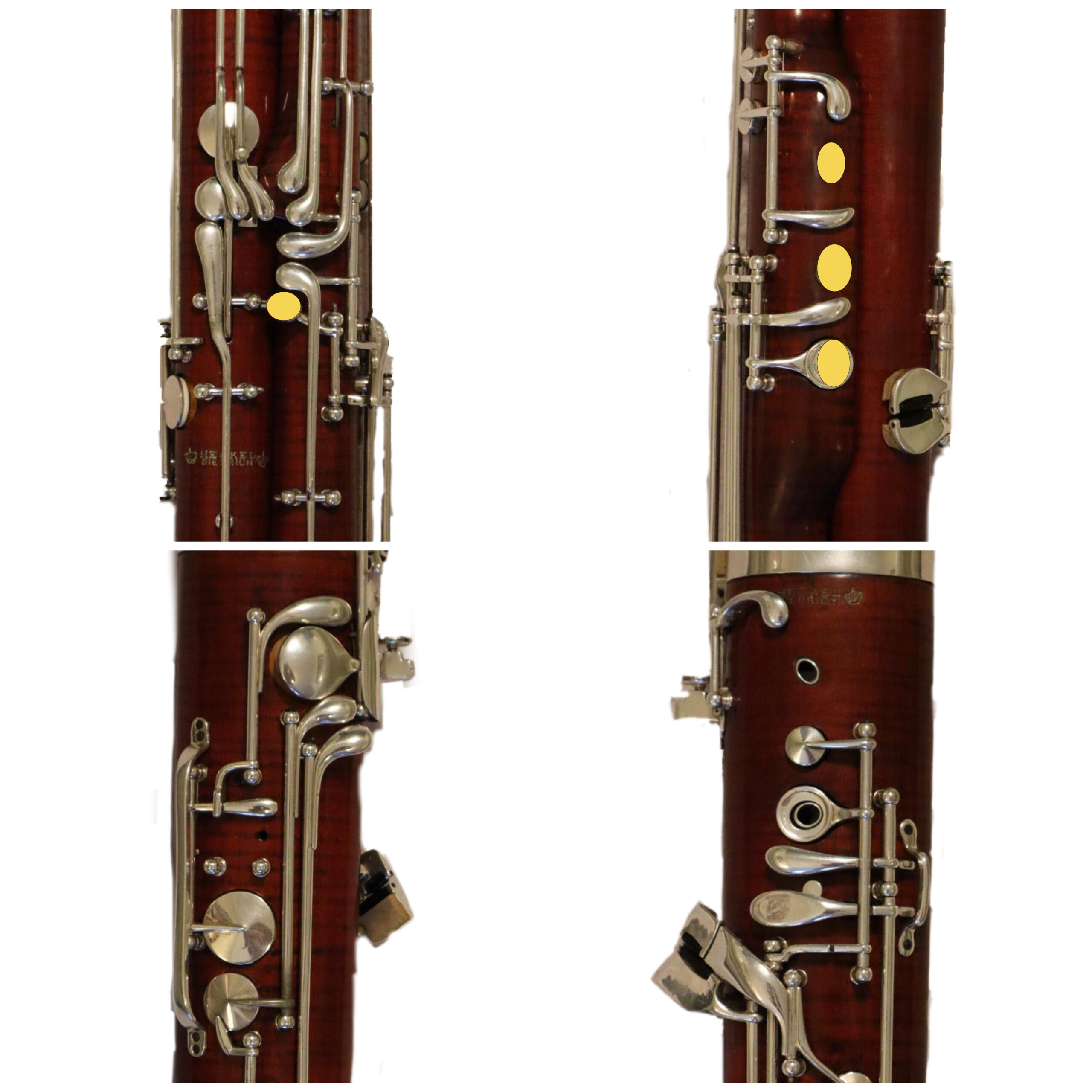
C is very similar to D, all you have to do is add your third (ring finger) in your left hand to cover the the third tone hole or you might even have a key that covers the hole. That key is called a plateau key and it does the exact same thing.
4. Playing Bb (1:19)
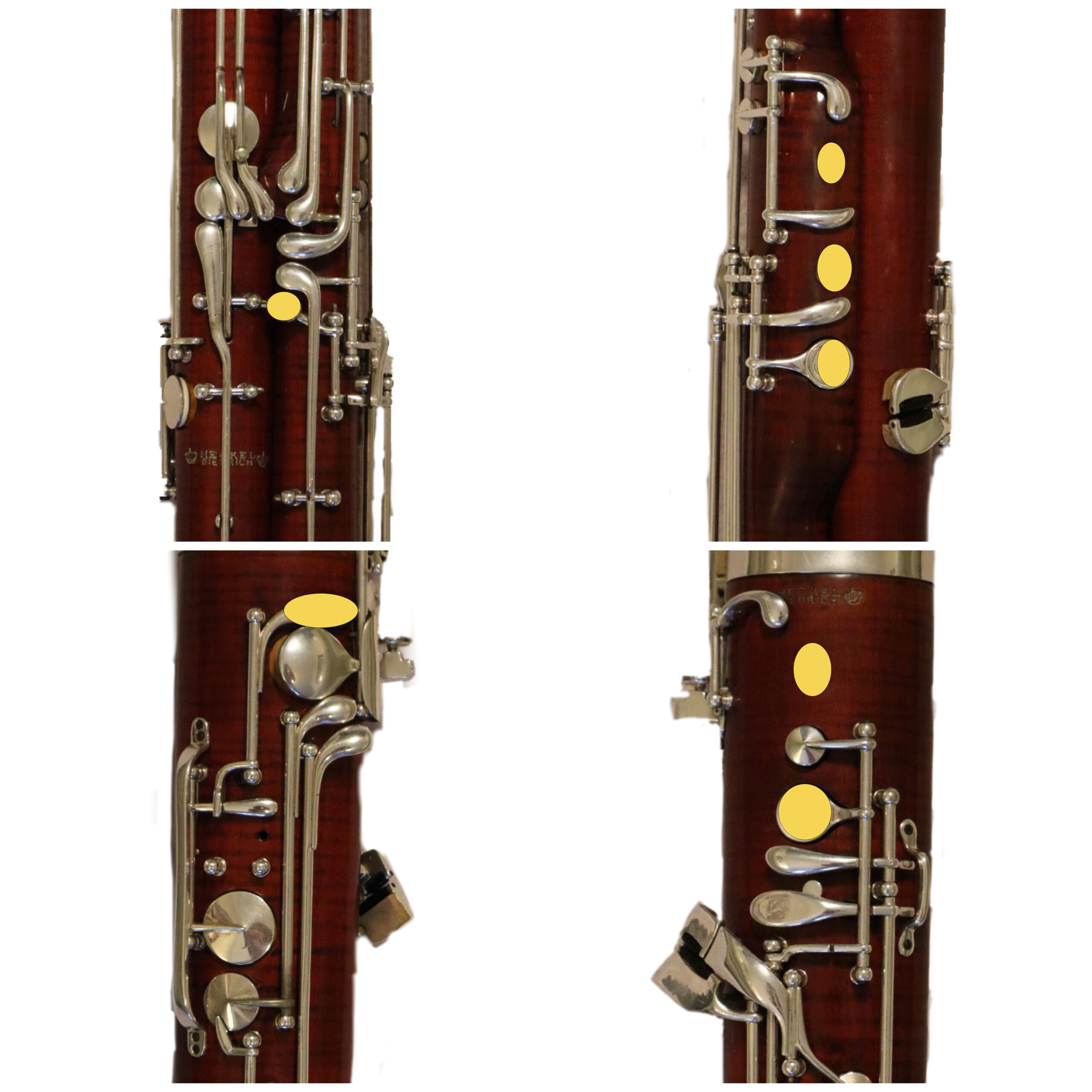
Now we’re going to learn Bb. Bb is the lowest note of all the ones we’re learning today, and you’re going to incorporate your right hand now. To play it, you’ll make the same fingering as C in your left hand, and then you’ll take your first and second fingers in your right hand (or your index finger and middle finger) and cover the 2 tone holes.
Then, you will take your right thumb and press down what is called the Bb key. So, all in all, you’ll be using both thumbs and you’re covering all of the open tone holes on the bassoon to play Bb.
5. Playing Short Eb (2:00)
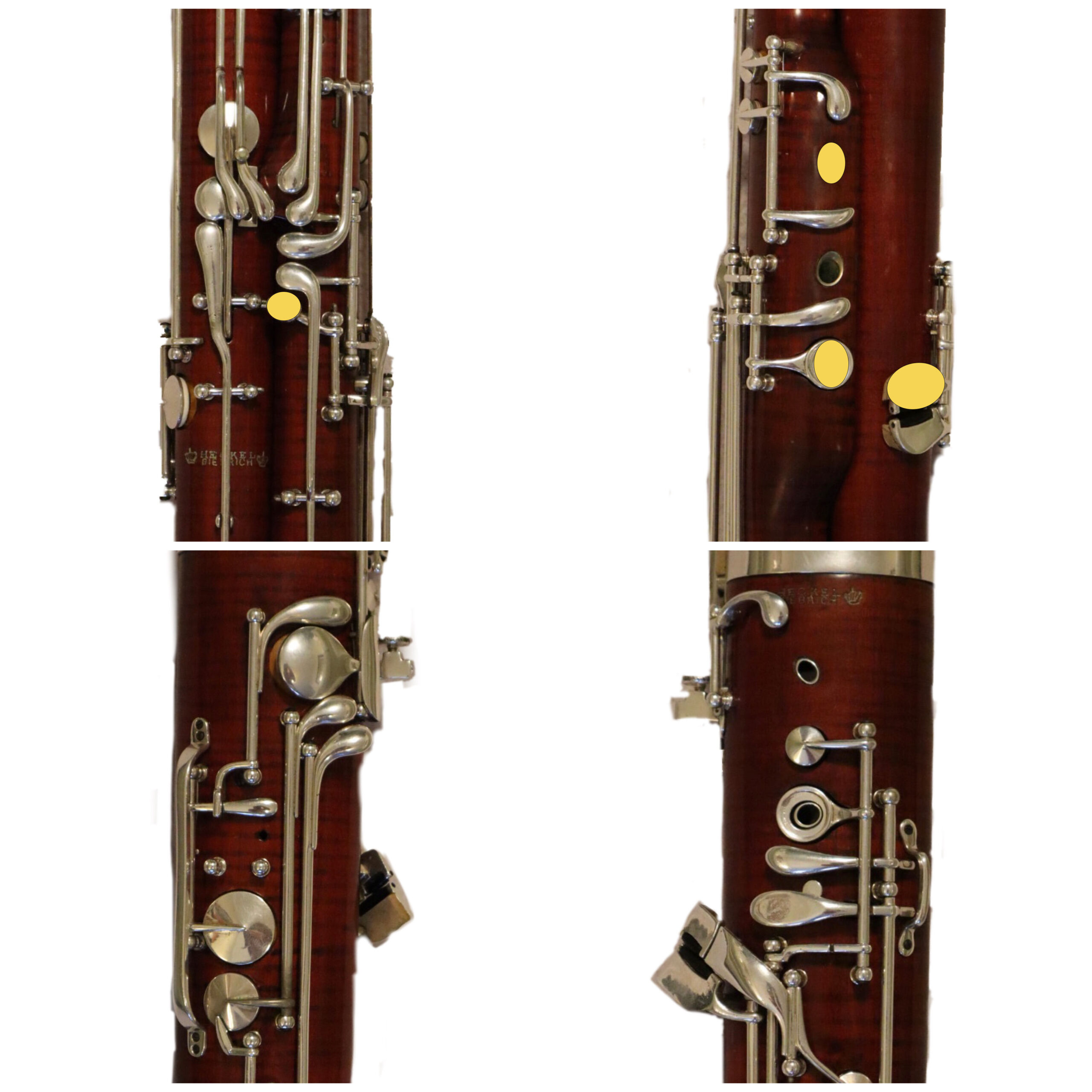
The final note that you’re going to learn is Eb. I saved Eb for the end because it’s a little bit more tricky to play than the other notes. Eb uses what is called a forked fingering, and all that means is that your left hand is going to put your 1st and 3rd fingers down, but your middle finger won’t cover the hole. You also are going to add your top left pinky key, which is called the resonance key. You’ll keep the whisper key down in your left thumb just like you have for every other fingering in this video.
Now, you should be able to play the note Eb with all the fingers I just showed you in the left hand only and it would sound a little weird.
Playing Long Eb (2:43)
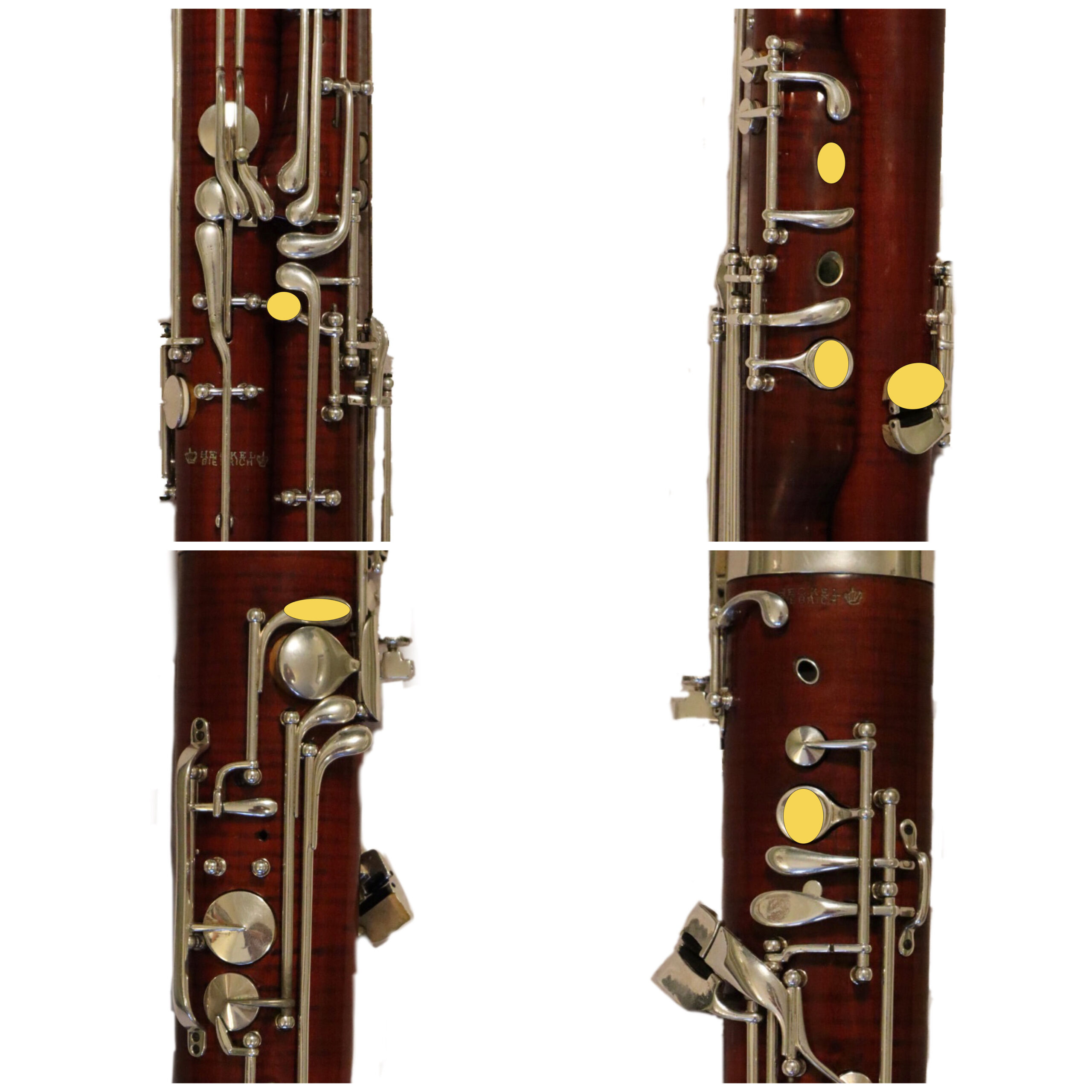
However, if you are struggling to make this note sound like the way that I just played it, you can add your 2nd finger in your right hand and your right thumb on the Bb key, like you played for the note Bb. If you do this, you would also need to take off the resonance key with your left pinky. It would sound a little more stable
I recommend using the fingering with only the left hand as your go-to because it’s a little less complicated than the version I just showed you and it generally should blend in with the notes around it a little better. But, every bassoon and every reed and every player is a little bit different, and so you might need to use that full fingering with the right hand that I just showed you. You’ll just have to experiment and see which one works best for you.
Let me know down in the comments which Eb fingering works better for you! I would love to hear what your experiences with that note are.
So there you have it, those are the first 5 notes that you need to know how to play on the bassoon, especially if you are playing bassoon in any type of band class setting.
Looking for more tips for improving your bassoon playing? Subscribe to my email list below and you’ll never miss an update!

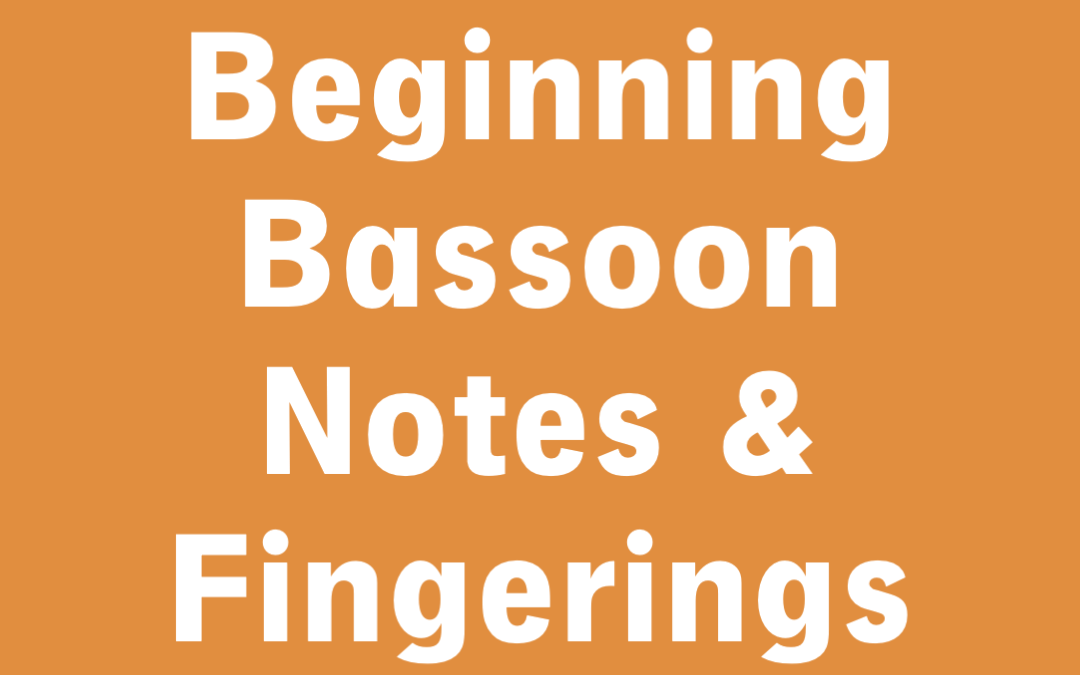
Recent Comments